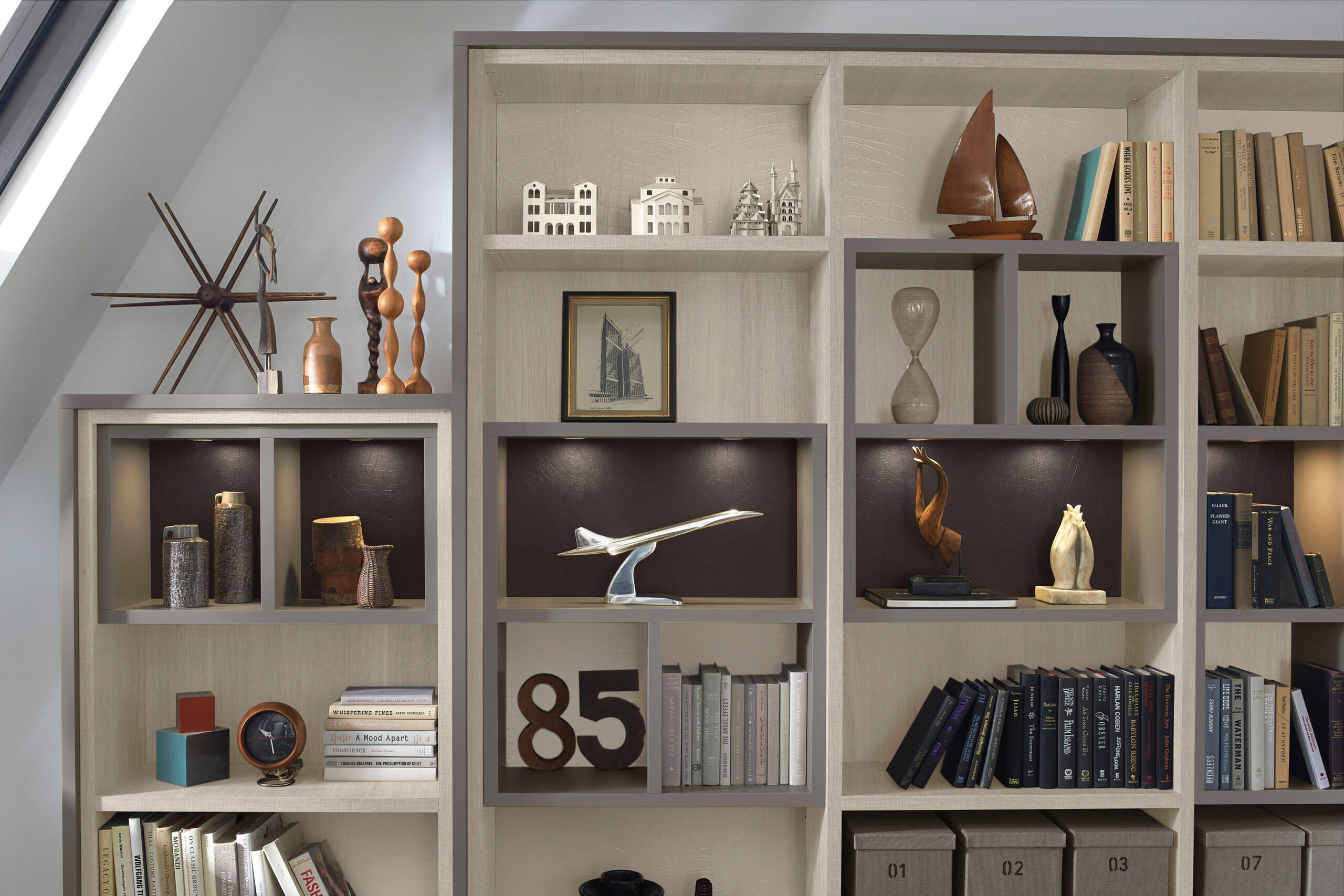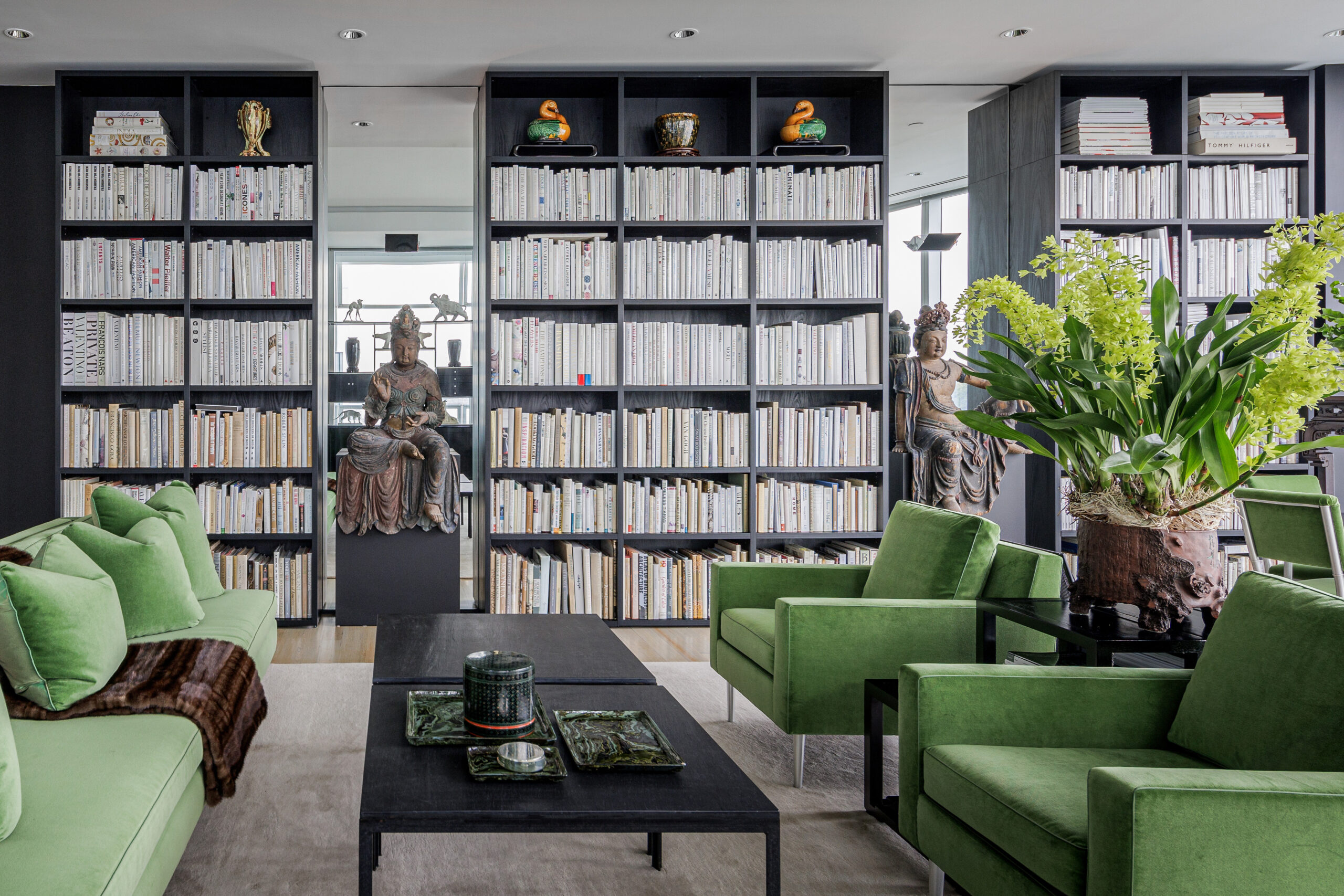How To Curate A Personal Home Library

For the book lover yearning for a dedicated space to indulge in their literary passions, imagine a home library where shelves overflow with cherished stories and narratives. It’s a space that marries coziness with functionality and style, mirroring your unique personality and zeal for books. Keep reading for some essential steps and ideas to help you design a library that meets all of your needs.
- The size and shape of your available space. Do you have a dedicated room for your library, or do you need to fit it in a corner, a closet, or a hallway? How much wall space and floor space do you have?
- The number and type of books you have. How many books do you own, and what genres, formats, and sizes are they? Do you need to accommodate large or heavy books, magazines, or other media?
- The purpose and function of your library. How will you use your library? Do you read for pleasure, for work, or for both? Do you need a quiet and comfortable reading area, a desk, or a table for writing or studying, or a sofa or a chair for relaxing?

- Determine how much shelving and furniture you can fit in your library, and how to arrange them.
- Choose your shelving and storage options. You can use built-in shelves, bookcases, cabinets, or a combination of all. You can also use floor-to-ceiling shelves, or floating shelves to save space and create visual interest.
- Organize your books and other items. You can choose to sort your books by genre, author, color, size, or any other criteria that makes sense to you. You can also use baskets, bins, boxes, or drawers to store smaller items or accessories.

- Choose a suitable seating option. You can use a recliner, a sofa, a chair, a bench, or a bean bag. Make sure your seating is ergonomic, supportive, and cushioned.
- Add some pillows, blankets, and rugs. These will add warmth, texture, and color to your reading space, creating a cozy atmosphere.
- Select adequate lighting. You can use LED lighting in various forms – puck, ribbon, or glass shelf lighting will illuminate the space beautifully and is also an environmentally- friendly option.
- Choose a color scheme that matches your mood and preference. You can use neutral colors, bright colors, pastel colors, or a mix of them. You can also use wallpaper, paint, or decals to add some patterns or prints to your walls.
- Add some decor and accessories that reflect your interests and hobbies. You can use art, posters, photos, sculptures, plants, or flowers, to fill your library shelves. You can also display some memorabilia, souvenirs, or collectibles that have sentimental value or meaning to you.


